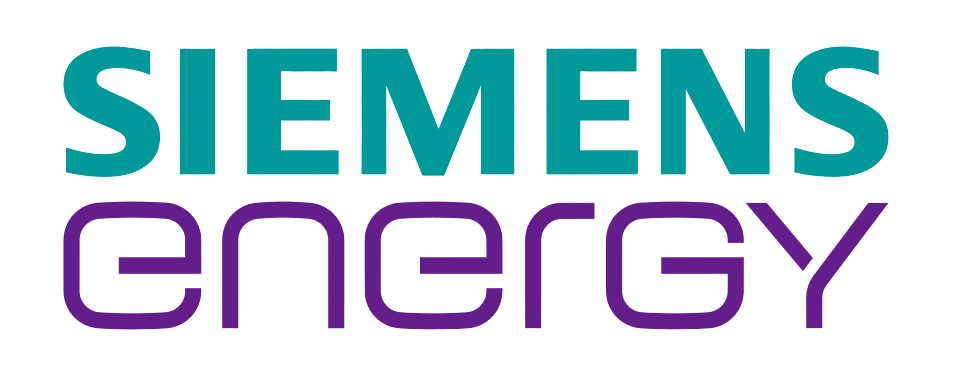Circularity in Silicone Manufacturing
 Chemicals & Materials
Chemicals & Materials
The silicone industry is entering an inflection point. As demand accelerates across healthcare, electronics, automotive, and construction, traditional silicones remain tied to petroleum-derived feedstocks, energy-intensive processes, and limited end-of-life pathways. Recycling rates for silicones remain below 5 percent globally due to inadequate infrastructure and technical barriers, intensifying pressure for circularity.
|
Key challenges driving this urgency: Dependence on fossil-based feedstocks: Low recycling maturity: Fragmented waste-management ecosystem: |
 |
Regulatory momentum:
EU RED III, CBAM, US IRA, and China’s methanol and carbon-trading policies are reshaping the economics of low-carbon methanol and bio-based feedstocks are forcing silicone producers to future-proof procurement and decarbonization strategies.
Today’s constraints are shifting innovation toward three transformative pillars: bio-based silica, circular/bio-methanol, and advanced depolymerization technologies. Together, these pathways create a redesigned silicone lifecycle with reduced emissions, minimized virgin extraction, and improved re-polymerization efficiency.
Download the full briefing to explore technology pathways, regulatory dynamics, and strategic levers shaping the future of sustainable silicone manufacturing.
Book a short session with our materials and circularity experts to discuss how FutureBridge can help you accelerate sustainable feedstock transitions, evaluate recycling technologies, and navigate evolving policy environments to secure competitive advantage.



 2 min read
2 min read
































